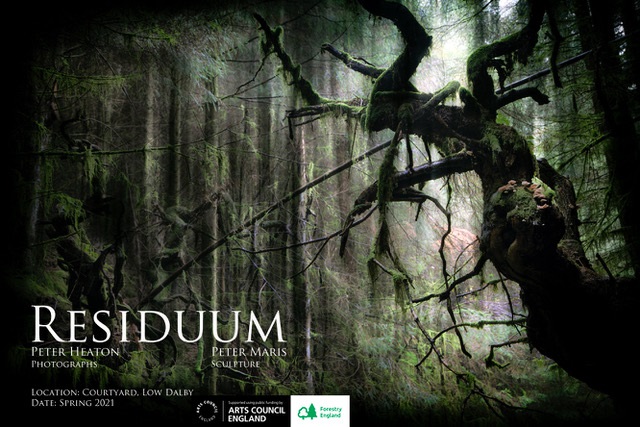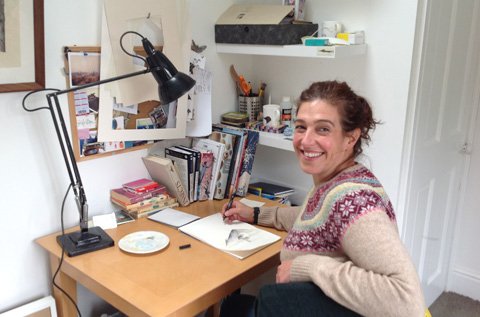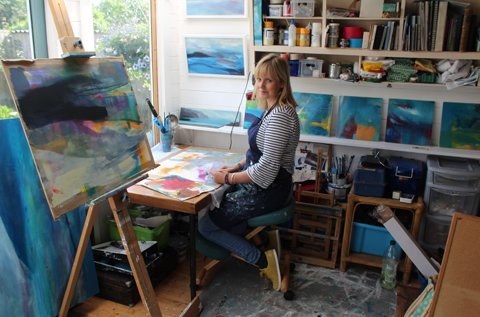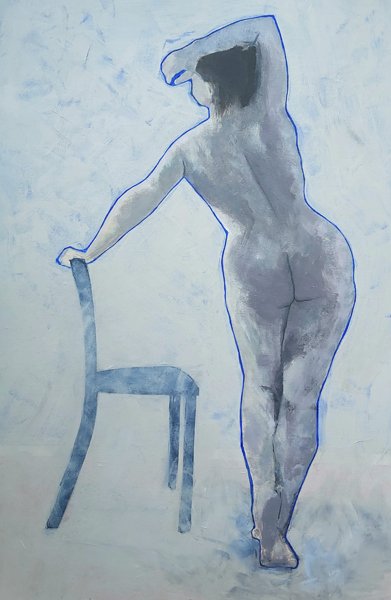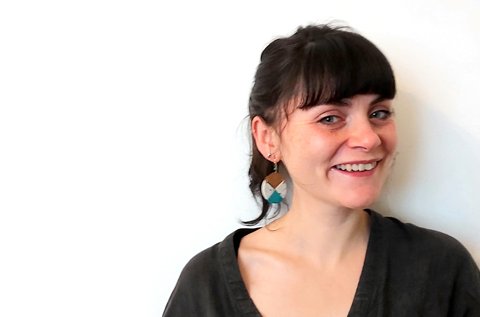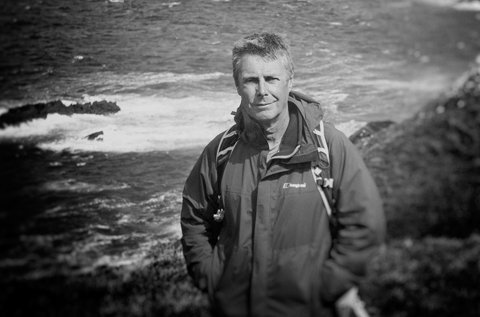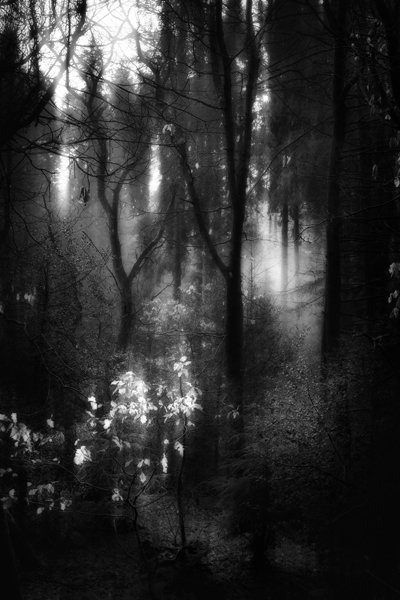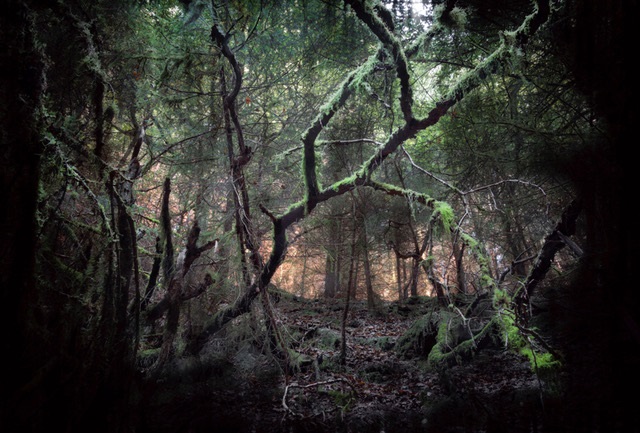
PETER Heaton’s photographs combine with Peter Maris’s sculptures in the Residuum exhibition on show at The Courtyard, Low Dalby, Dalby Forest, near Pickering, until the end of August.
“All the work pretty much has been made during the lockdown period,” says artist/photographer Heaton. “It’s quite different for me, as I usually work in black and white, but as normal for my work, it’s heavily atmospheric, and this time it’s a collaborative project.”
Inspired by a particular forest environment and how it has formed, flourishes and changes through natural processes and human activity, Heaton and Maris’s “rich and sumptuous” exhibition” presents multi-layered photographs alongside intriguing carved stone sculptures that took the micro-climate and life within the forest’s small glacial valleys as a focal point for examination and creative exploration.
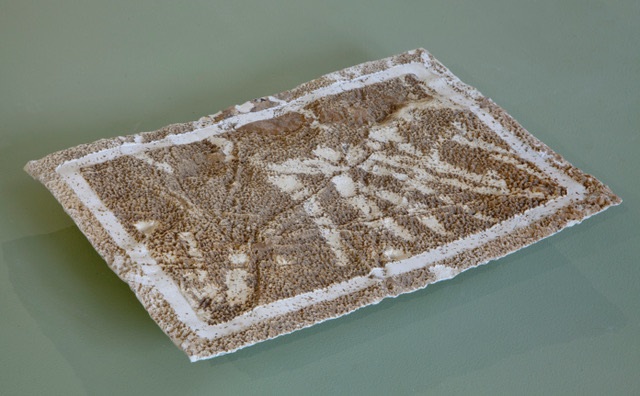
Residuum is among the outcomes of an artist residency commissioned by Forestry England and supported by Arts Council England, wherein Maris invited Heaton to engage in a collaborative programme.
Heaton’s striking images were all made in a small area of the forest at High Staindale that contains a complex of several short steep valleys known locally as Griffs and Slacks. These features were created by glacial melt water and lie close to the prehistoric Dargate Dikes linear boundary.
“In this most ancient area of the forest, sunlight very rarely penetrates the valleys that seem to exude their own pale, green light,” he says. “They are full of fallen and decaying trees that are passing through continuous transformation as they moulder into the rocky forest floor. In my images these are atmospheric spaces, dominated by mosses, ferns, deep shadows and …silence.”
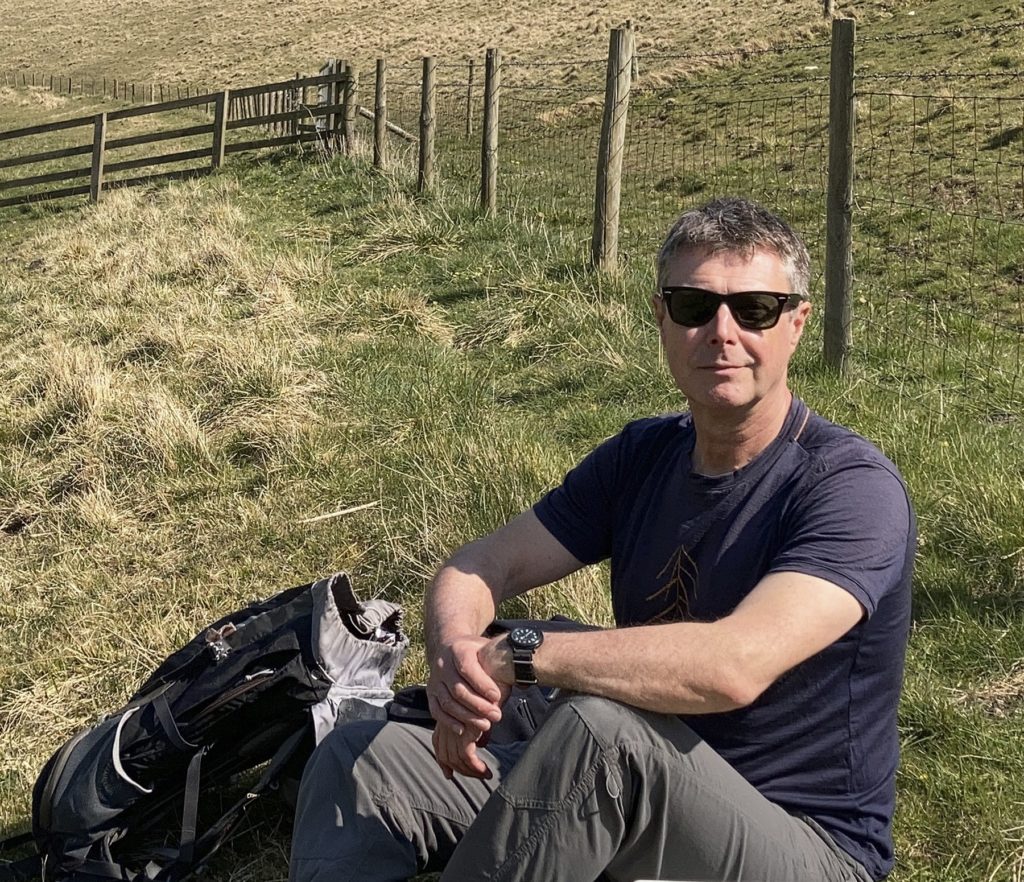
In The Courtyard gallery, two large panoramic compositions flank either side of the exhibition space, examining and celebrating the rich array of minutiae that makes up the ever-changing forest floor, all photographically woven into complex, layered tapestries that reveal unexpected detail, colour and textures.
In contrast, four images printed onto Light Sheets on the gallery’s main wall alternate between illuminating the space with that “pale green light” and then darkening, shifting to reveal the woodland’s mysterious, primaeval qualities.
“There is constant change at work in these valleys, but it’s imperceptible, a slow decomposition and green rebirth brought about by nature’s agents of change,” says Heaton.
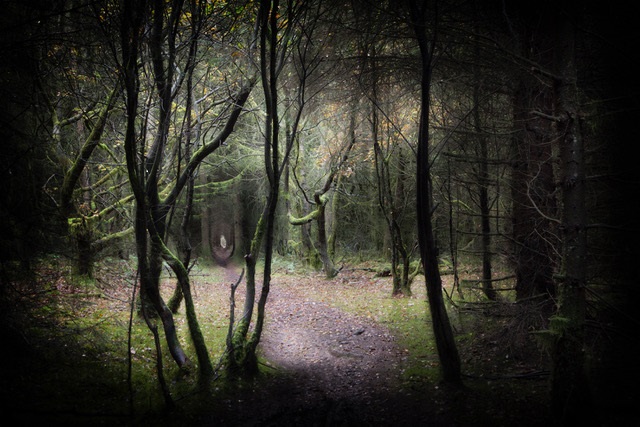
The sculptures are inspired by the same subject matter but, importantly, are also a creative response to the photographic compositional processes. “They are intentionally focused towards a ‘picture-plane’ presentation and deal with the surface issues in sculptural composition,” says Maris.
“These new pieces use the very rugged, textured, natural ‘bed’ surface of the stone as an appropriate visual metaphor in which to explore with a range of mark-making techniques, but that also refer to natural growth forms, decomposition and human activity.”
In this project, Maris has found the opportunity to broaden his sculptural expression beyond the boundaries of conventional stone-carving practice and introduce a greater spontaneity in approach and response.
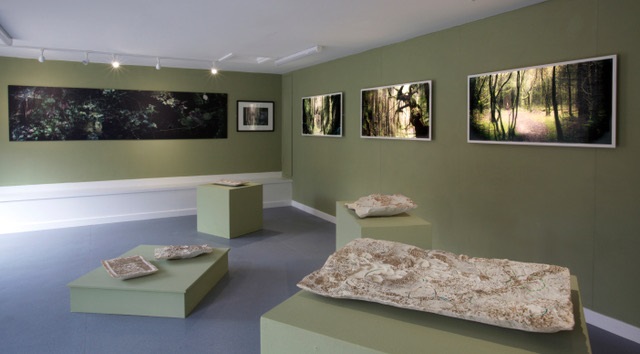
“In these sculptures, I wanted to develop new creative routes in stone and I felt free to compose and draw with the chisel in a very loose and painterly manner,” says Maris. “Colour has been introduced too, both by chance discovery and by deliberation.”
The natural textures of the stones have given rise to imaginative and creative play in the carving process. “Surface features and shapes are undercut and pierced, revealing apertures in the stone, posing references to the earth’s surface as a fragile membrane that can be broken or eroded through human activity and natural environmental processes.”
Heaton concludes: “With people becoming increasingly appreciative of the benefits of spending more time outdoors, perhaps a visit to the exhibition combined with walk through Dalby Forest would be just the ticket in the coming months.”
